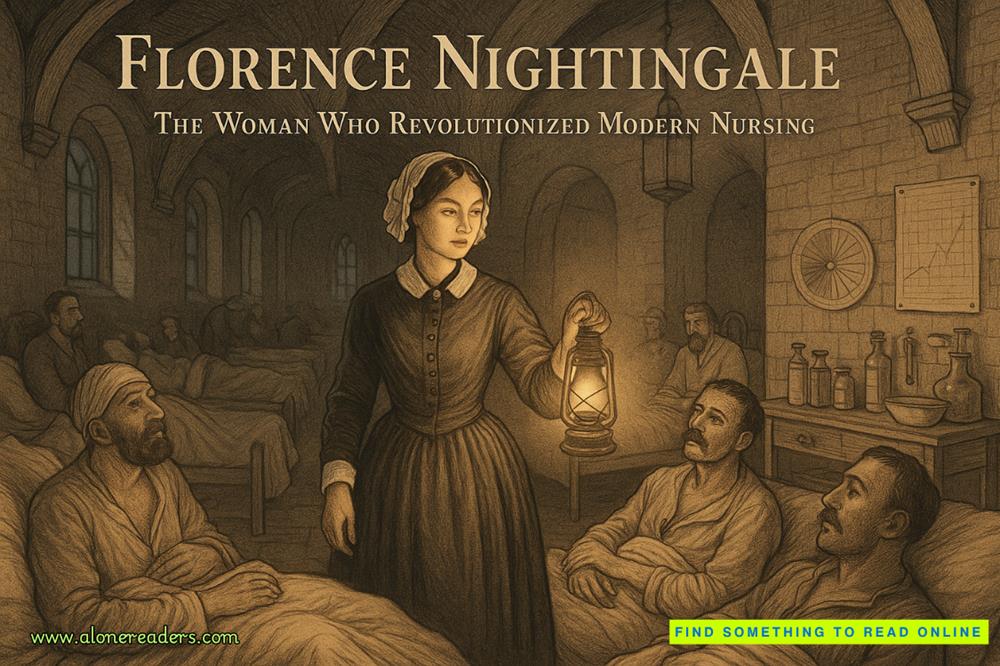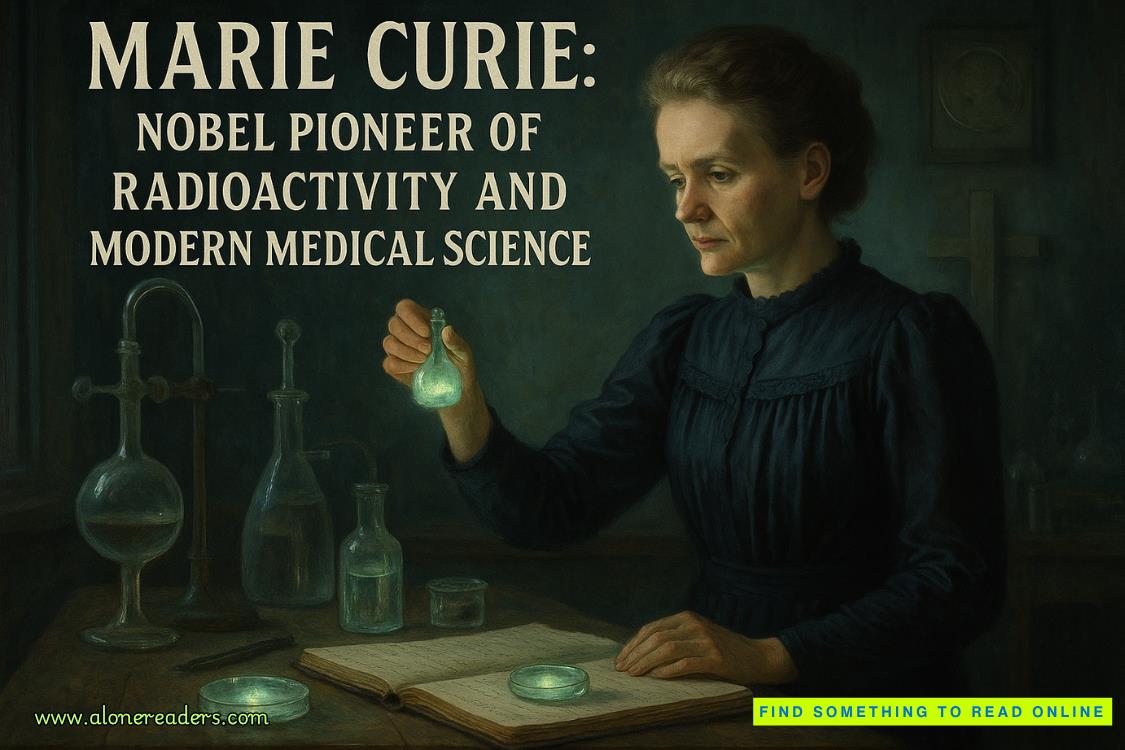Page 49 of Feared
“And the bad news?”
“The bad news is it’s going to be superhard to run this case without John. But we have to try. We can do it if we pull together. Maybe.” Anne cleared her throat. “Now, London Technologies is our client, and we filed suit on its behalf in the Eastern District of Pennsylvania against two defendants, Express Management Systems, or EXMS, and Home Hacks, Inc. We alleged that they violated Section 1 of the Sherman Act, which as you know is the antimonopoly provision of the federal antitrust law. We also allege violations of Pennsylvania law, which we’ll get into later. I’ll explain more about the parties later, but suffice it to say that this is a battle between David and Goliath, with us as David—and this time, there are two Goliaths.”
“We love the underdog, don’t we?” Mary smiled, trying to be supportive to Anne, who was rallying to explain a complicated lawsuit at the worst moment in their collective professional lives.
“The parties in this lawsuit are competitors in the data integration business. Specifically, they develop, manufacture, and sell software that integrates data for furniture dealerships all around the country. Now, you ask, what is data integration software?” Anne cocked her head, and her ponytail bounced. “Hold on, I’ll tell you.”
Mary sipped her coffee, pretending it was caffeinated. She’dspent most of her pregnancy pretending water was wine. Neither of these things was working, and only Jesus Christ could turn water into alcohol.
“Data is simply business information and data integration software allows a furniture dealership to use and analyze that information. They use data integration software for every aspect of their business, including personnel, payroll, accounting, inventory”—Anne counted off on her manicured fingernails—“pending and completed sales, financing, service, and importantly, customer information, such as secured identification and financial information, likes and dislikes, and purchase history.”
Mary tried to stay focused because she was the one defending the deposition tomorrow. She didn’t have to know every detail, but she had to know more than she knew now, which was nothing. Basically, she had to be able to hum a few bars.
Judy barely listened, but nobody blamed her.
“Let me explain briefly about the data integration market, which is the defined market for this lawsuit.” Anne uncapped her marker, turned to the greaseboard, and drew a big circle on the left, in which she wrote, DATA INTEGRATORS. “Okay, so here you see this circle is data integrators.”
“I got that part,” Mary chirped, trying to make Judy laugh, but it didn’t work.
“In this lawsuit, EXMS is the data integrator. That means they store and manage the information given to them in a database.” Anne drew a circle on the right and wrote APPLICATION PROVIDERS inside it, then drew an arrow from the Data Integrators circle to the Application Providers circle. “You may be wondering, what is an application provider? In our litigation, the other defendant, Home Hacks, is an application provider. Think of them like an app for your phone. They’re the friendly interface that connects to the dealerships. EXMS provides standardized data to Home Hacks. Follow me?”
“It this gonna be on the test?” Mary asked, and this time Judy smiled, so she felt rewarded.
“Very funny.” Anne was already drawing a third circle at the bottom of the grease board, so that the three circles formed a triangle balancing on its end. “This circle is the dealership. What connects the Application Providers to the dealerships? They perform services for the dealerships, and as I said, they’re like their app.”
Mary listened, with an eye on Judy.
“Now, for the final and most important part of the market.” Anne drew an arrow from DEALERSHIP to DATA INTEGRATORS, completing the third leg of the upside-down triangle. “What does the furniture dealership give to the data integrator, which is the crux of this litigation? It gives them the all-important, extremely valuable, raw business data. In other words, the dealership gives its raw business data to the data integrator and the data integrator puts it into its database, using its proprietary software.”
Mary pulled over a legal pad so she could take notes, trying not to be intimidated by the buzzwords. Anybody who thought Anne was dumb because she was pretty was dead wrong.
“Express Management Services, or EXMS, is a publicly traded Pennsylvania company with headquarters in Delaware, which employs three hundred people and owns a dominant market share, and it has done so for the past ten years, which is the relevant time period.”
Mary made a note, noticing that Judy had begun reading the Complaint, her head down.
“Home Hacks, Inc., is a Pennsylvania company with headquarters in King of Prussia. They’re privately held and owned by a consortium of businesses from Pennsylvania and New York. They employ two hundred seventy-five people and also own a dominant market share.”
Mary made a note.
“We’re the plaintiff, London Technologies, and we’re teeny-tiny as compared to the defendants. Jim Hummel and Sanjay Amravati are the owners and got the idea for the company on a trip to London, so they named it London Technologies. They’re also a Pennsylvania company and their headquarters used to be Jim’s garage in Narberth, if you can believe that.” Anne smiled with corporate pride. “But now they have an office in the city, employing twenty-five people. London Technologies owns only about 7 percent of the market share, but as we know, in theory, the law is the great equalizer. So we’re going against the big boys, and when you find out what they did wrong, you’ll be as stoked as I am about this case.”
Mary noticed that Judy was still reading the Complaint, not even looking up at Anne, who continued speaking.
“Let me tell you how big Goliath is. They control approximately 91 percent of the data integration software market in the chain furniture stores, if you measure using what is known as ‘rooftops,’ that is, dealerships. And when you measure it by the dollar value of merchandise sold per year, the market dominance is even more pronounced, with a combined market share exceeding 94 percent.”
Mary tried to take notes, and Judy kept reading the Complaint.
“Also the defendants own almost identical market shares in their separate markets, because they planned it that way and they executed their plan. They have colluded to drive out competition, even though it’s aper seviolation of the monopoly laws.”
“How did they get away with that?” Mary asked, surprised. Judy kept reading, seeming not to hear.
“They both had about 25 percent market share in their markets and it was very competitive, with roughly nine data integration software manufacturers and ten application providers slugging it out in the chain furniture market, nationwide. EXMS and Home Hacks gave consideration to merging, but whenthat didn’t happen, they formed a written agreement called the Access Memo. They actually agreed that they would no longer compete against each other, but would combine forces, driving out all competition. They even made statements to various people at trade associations. They don’t realize it’s illegal or if they do, they don’t care.”
“I understand,” Mary said, trying not to be distracted by Judy, who was studying the Complaint as if she were memorizing it, which seemed odd. Anne glanced over at Judy, but didn’t say anything.
“To make a long story short, since that agreement, the collusion between the defendants has resulted in their dominating the market.” Anne folded her skinny arms. “Then along came London Technologies with a completely different business model. The defendants decided to try and drive them out of business. I’ll detail how later, but suffice it to say, that’s when they came to us.”
Mary nodded at Anne. Oblivious, Judy turned the page of the Complaint.















